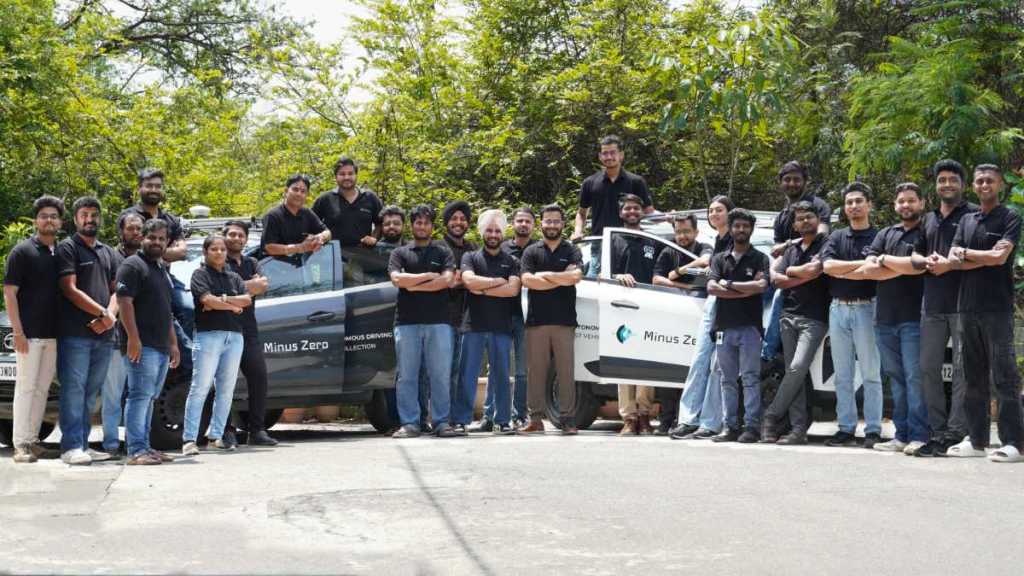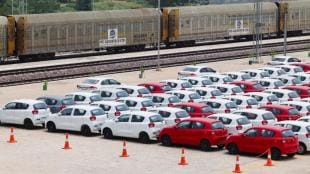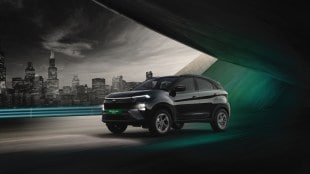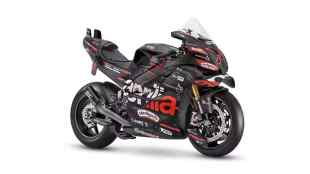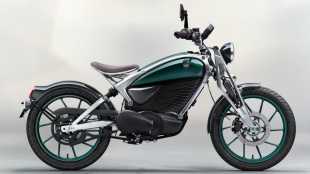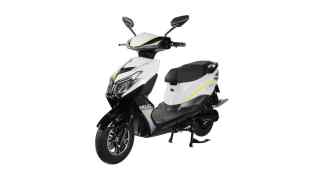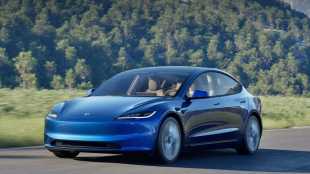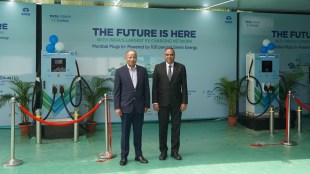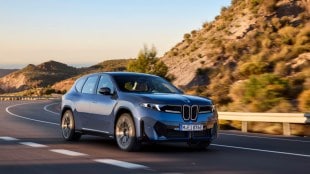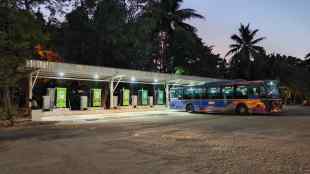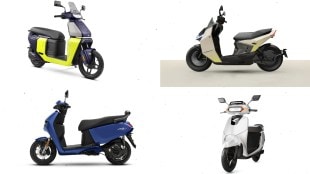Minus Zero has unveiled an end-to-end autopilot system for the first time in India enabling navigation in dense Indian urban traffic with on-coming vehicles and narrow roads with or without lane markings. Tested on some of the challenging streets of Bangalore, the vision-based system can handle unique obstacles like animals, push-karts, small 2-wheelers (Yulu), etc. and their unpredictable behaviours.
To enable such features in unstructured traffic, Minus Zero has taken an AI-first approach by training end-to-end foundational models that can learn navigation in a self-supervised manner from large-scale raw data without human labels, instead of traditionally used rule-based systems.
Why an autopilot system?
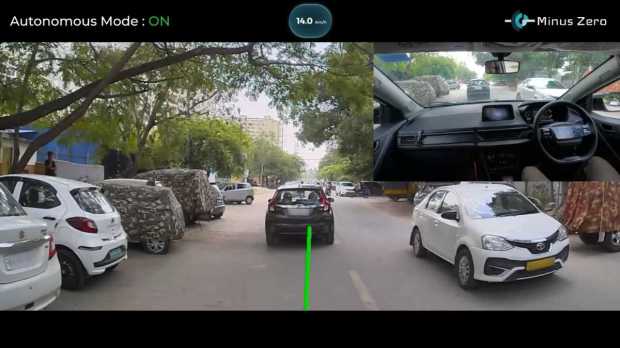
With the sudden explosion of ADAS (specifically L1 & L2) systems in India over the last few years, the company believes it’s the right time to shift to even more advanced levels like L2+, L2++ & L3. Today Indian consumers are ready for more technology-rich features at a marginal increase in the price point and experience the luxury, the safety and the comfort that comes with it.
While there are already working L2+ & L3 systems in developed countries like Tesla’s FSD, Mercedes’ Drive Pilot, GM’s Super Cruise, BYD’s God’s Eye, etc., enabling such autopilot systems in an unstructured traffic environment like India & other emerging countries has been a very challenging task.
While ~90% of the ADAS products are deployed in few developed countries, >85% of road accidents of the world come from emerging countries, with much more need for such advanced driving assistance systems. At Minus Zero, the company understands this unique pain point and technology shift required for building advanced autopilot systems for all the major emerging countries (starting with India).
Having shown India’s first fully driverless vehicle for in-campus mobility, the comapny now embarks on the next leap of journey with a full-stack autopilot system for Indian traffic.
How does it work?
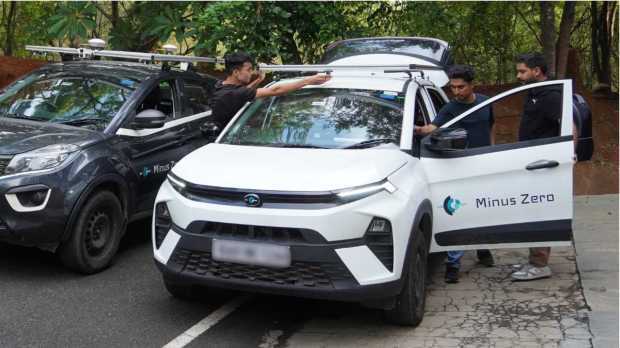
The autopilot system leverages the power of bespoke foundational models and self-supervised learning to navigate some highly complicated scenarios (as seen in the video) using only cameras, and without reliance on HD Maps. This is also the first time when end-to-end foundational models are being tested on Indian roads.
A great outcome of using end-to-end models is their generalisation capabilities to new scenarios (the model has never seen these roads in the video before) and new obstacles (model has not seen these different types of obstacles shown in the video), which makes them highly scalable and specifically suited for unstructured and dynamic traffic environments like India and other emerging markets.
The company says, “We are already working with a couple of large OEMs in their journey to upgrade them to these solutions and are in talks with others for the same. While we are still developing & validating the entire system, we aim to be ready for production in the next 2 years alongside our OEM partners.”
